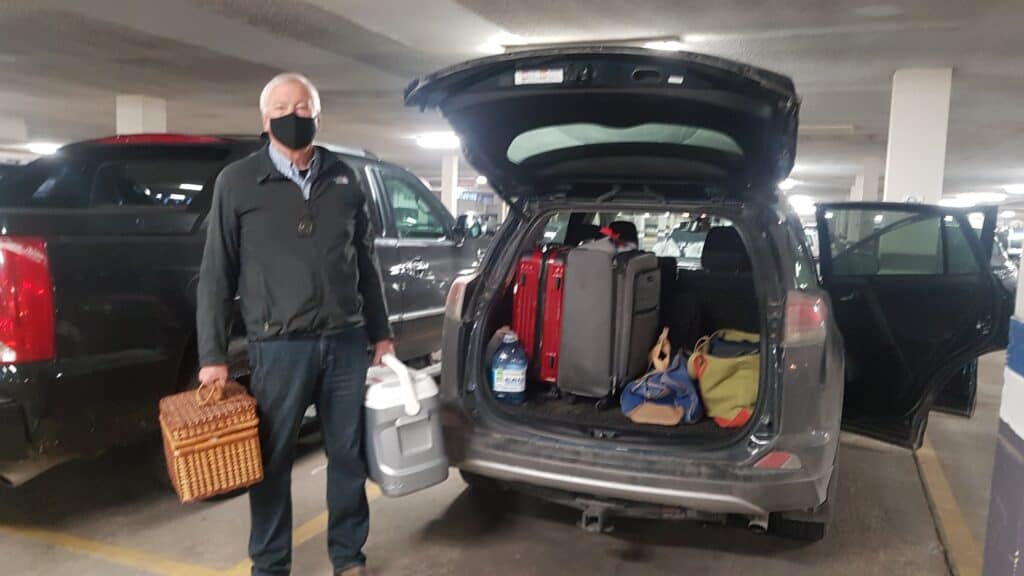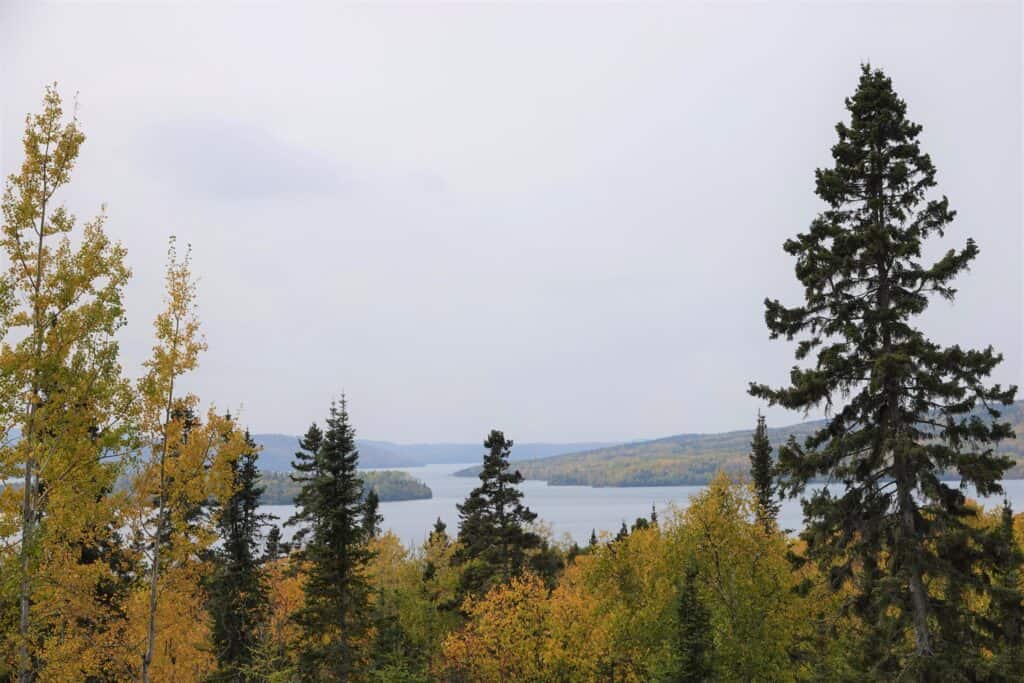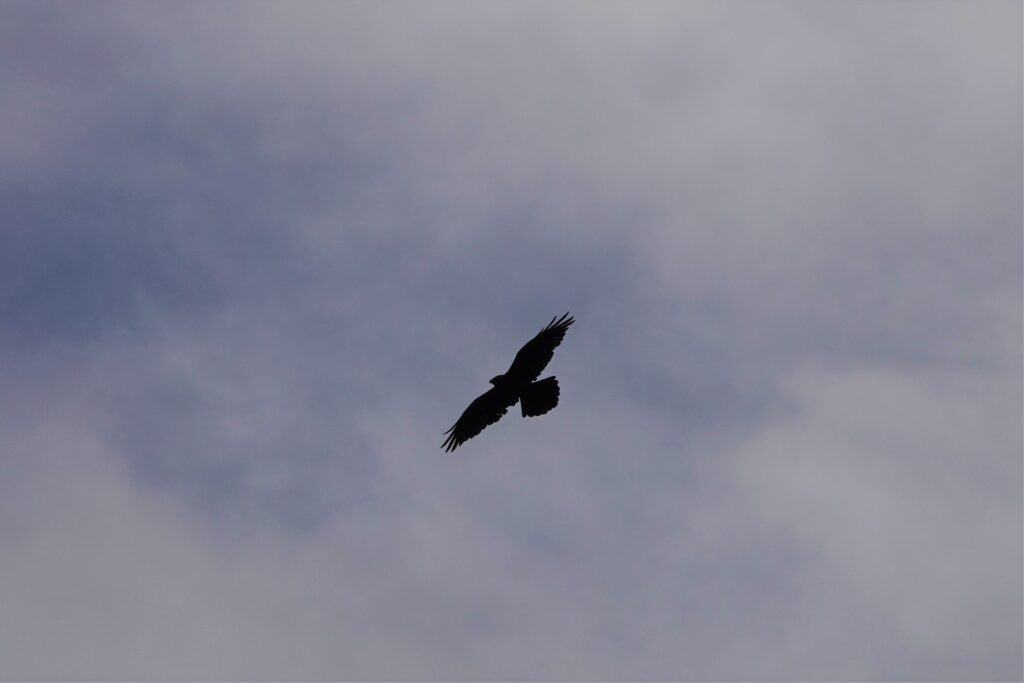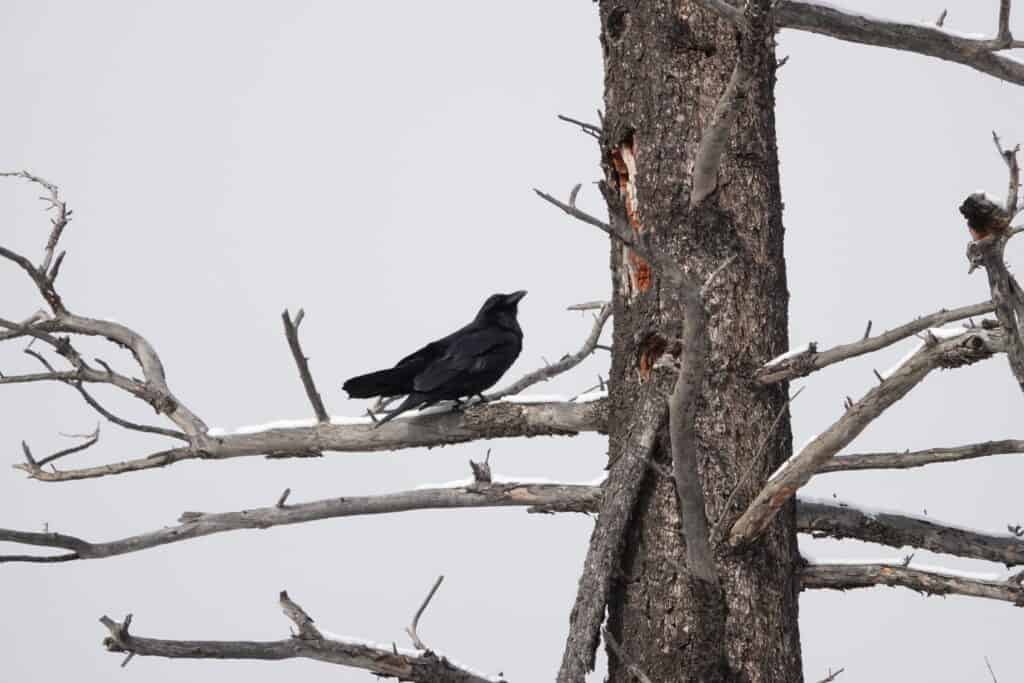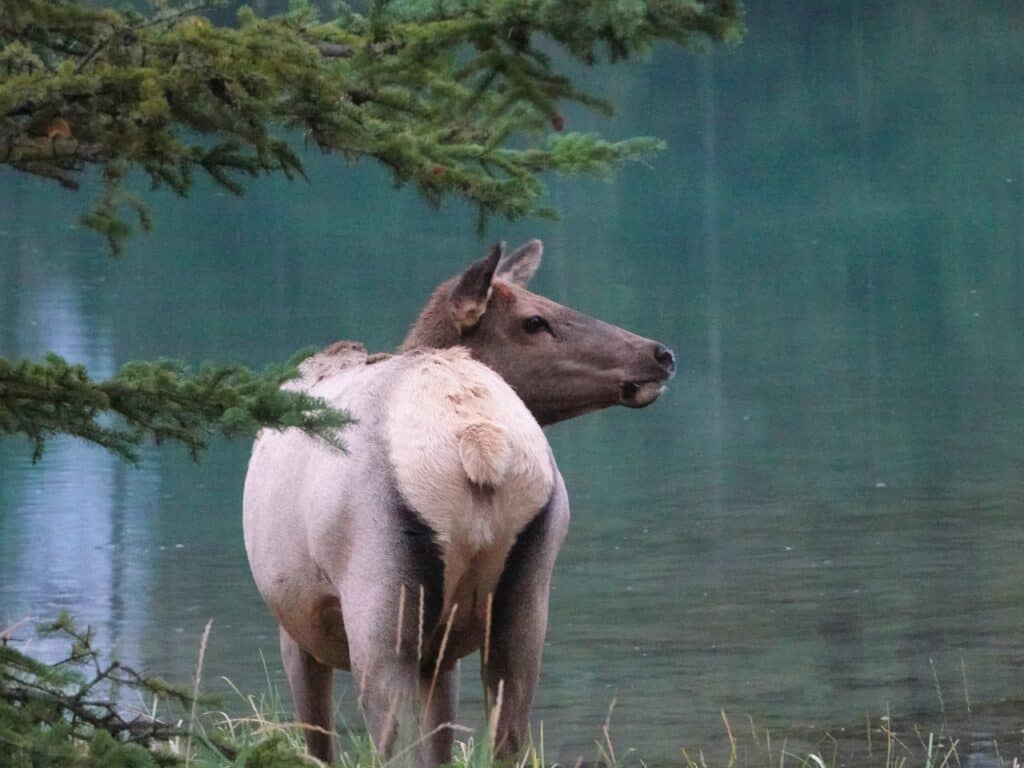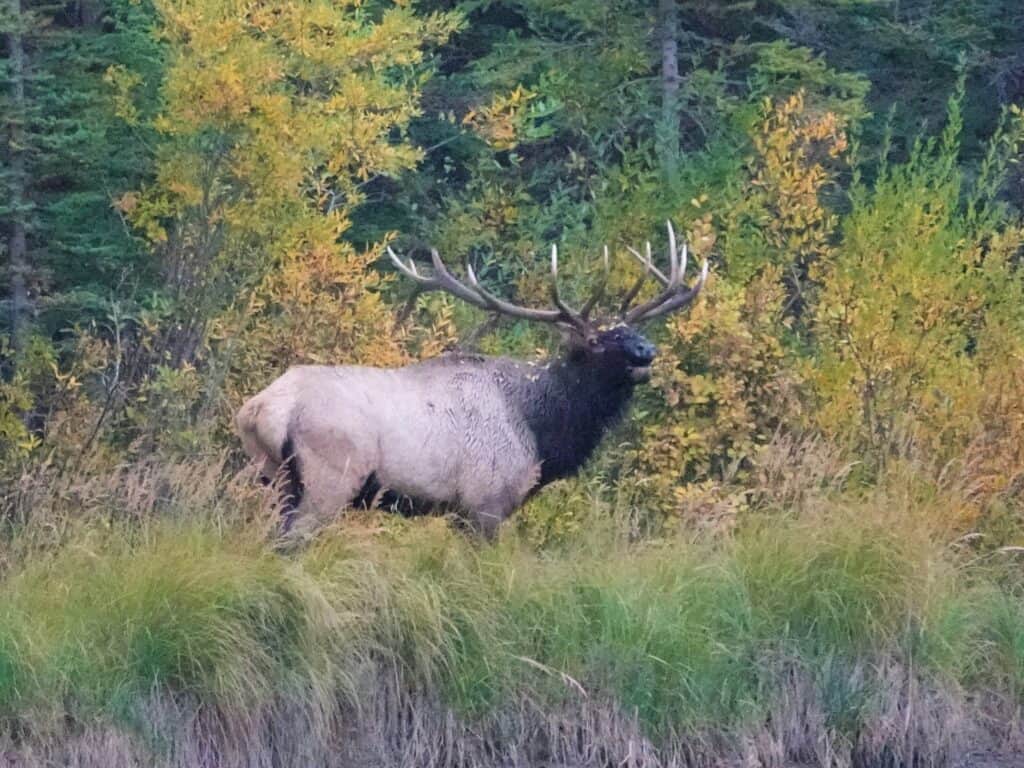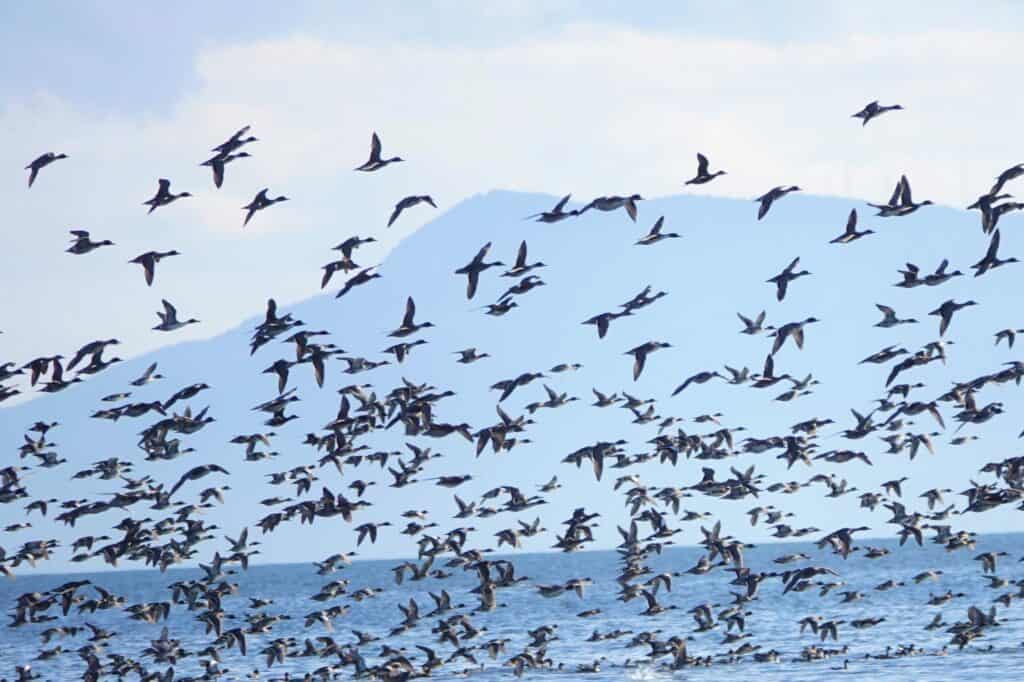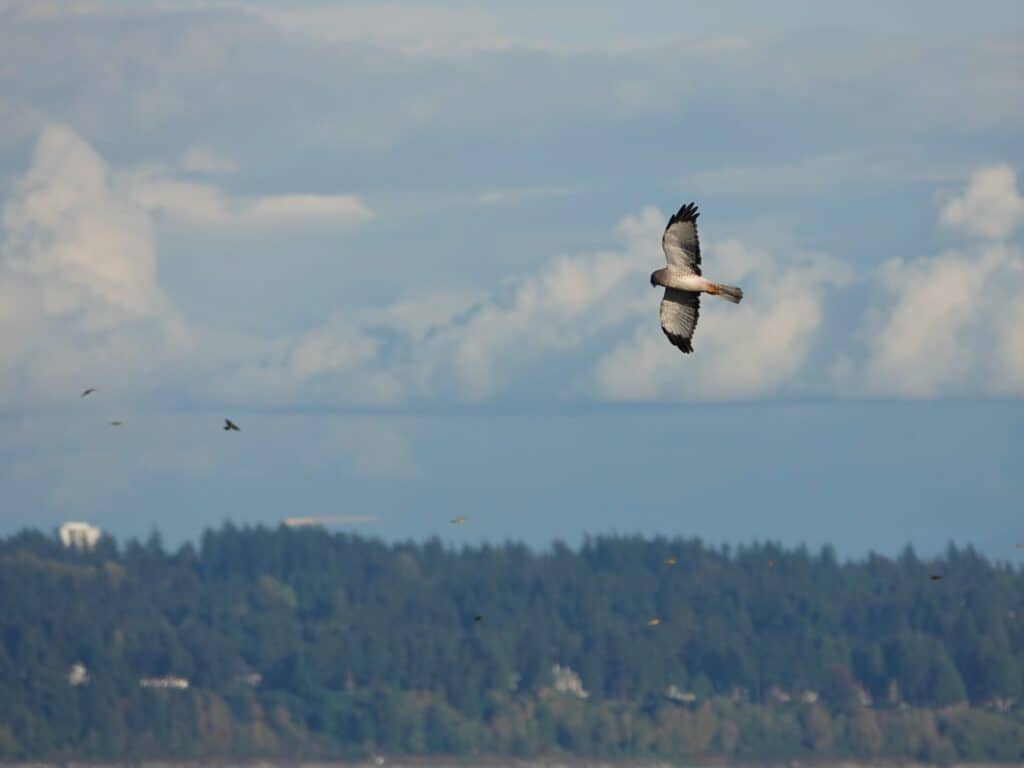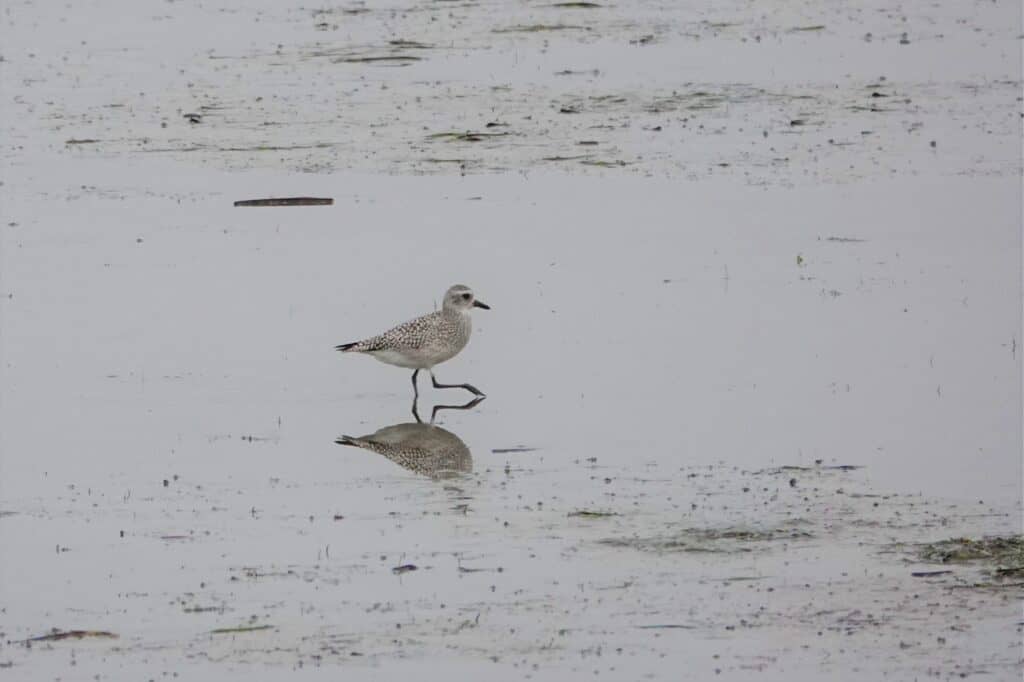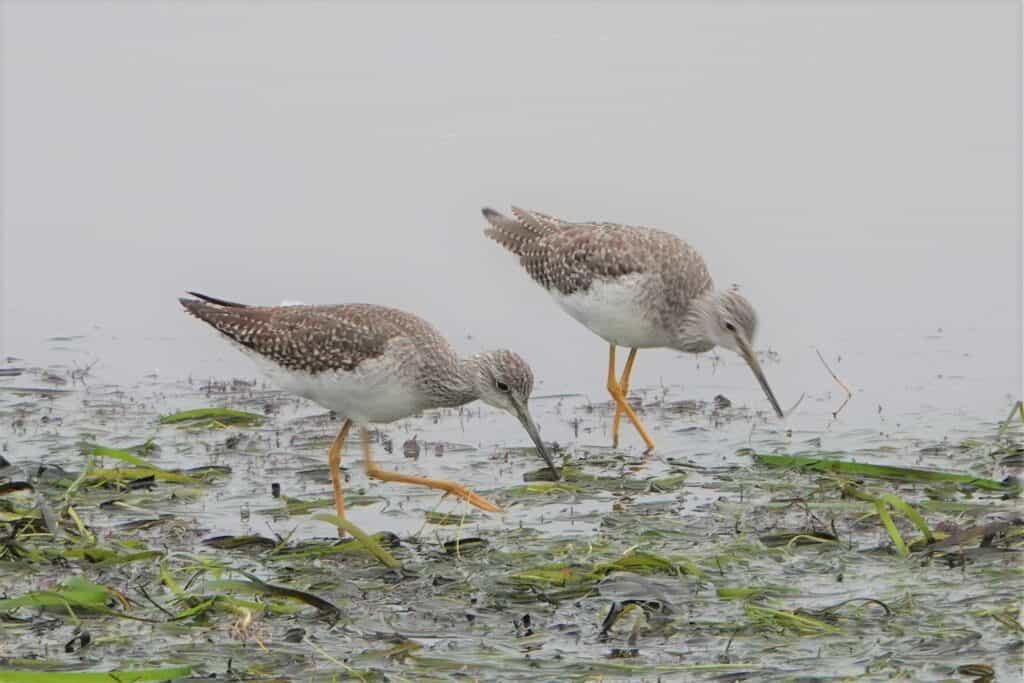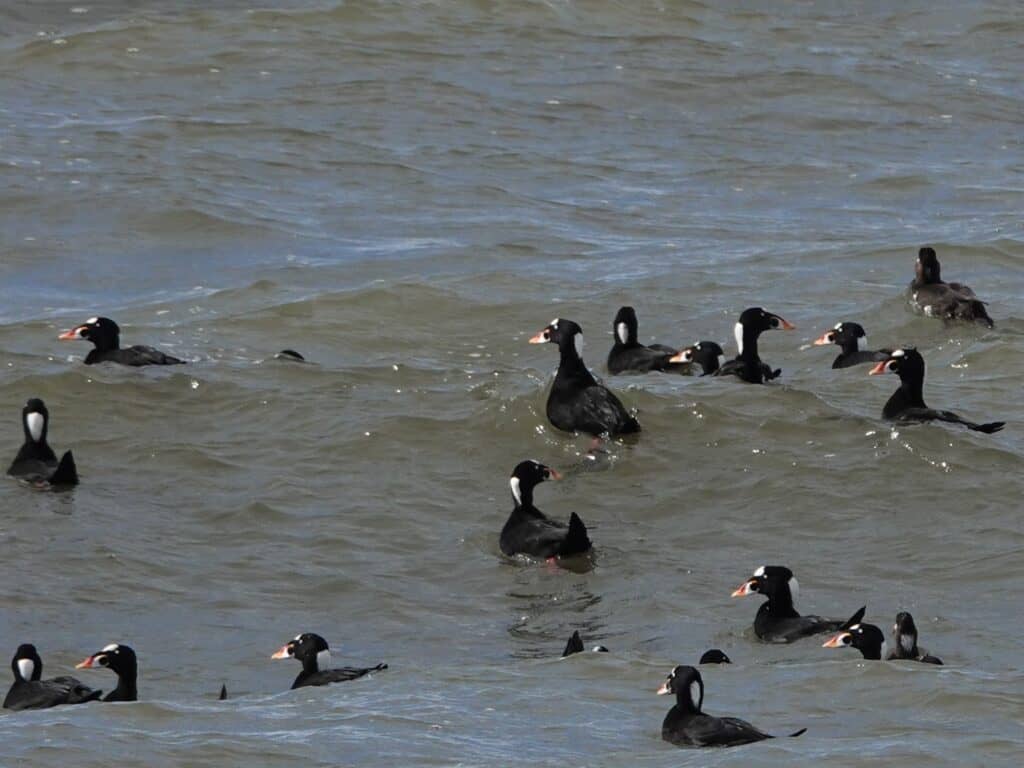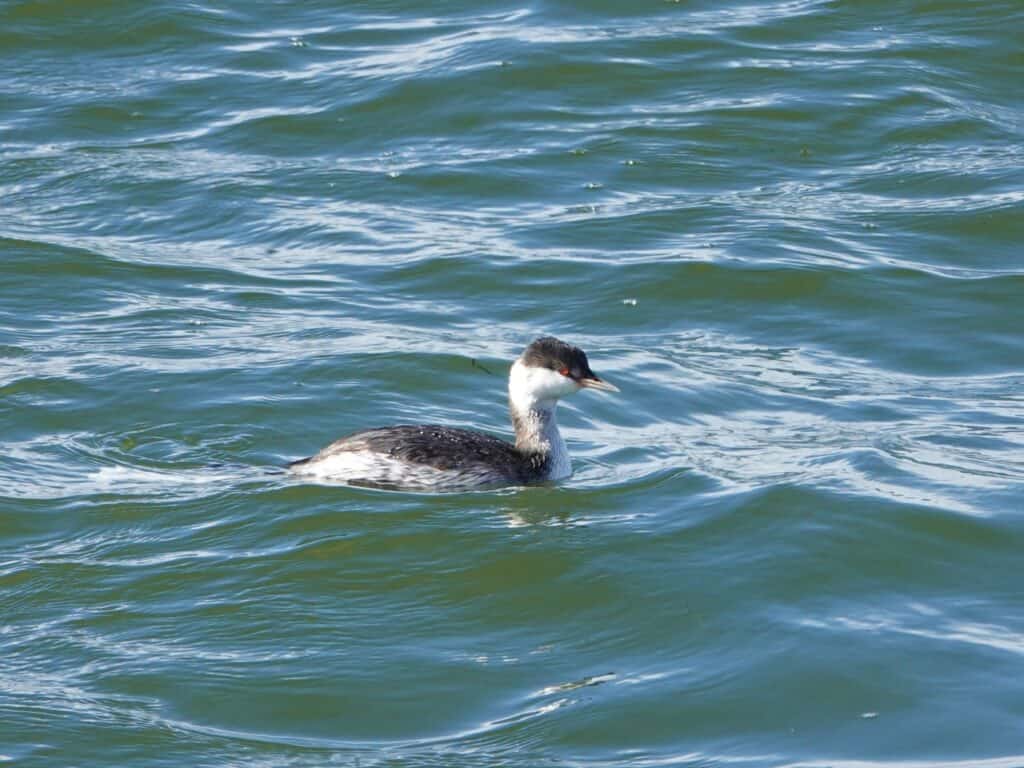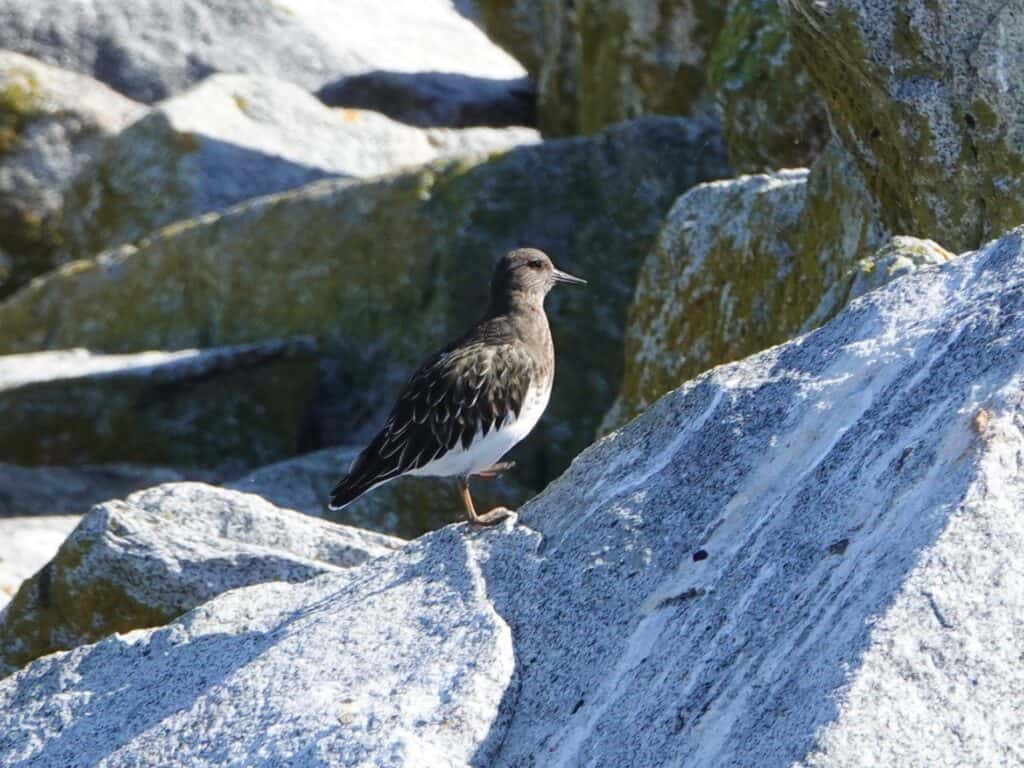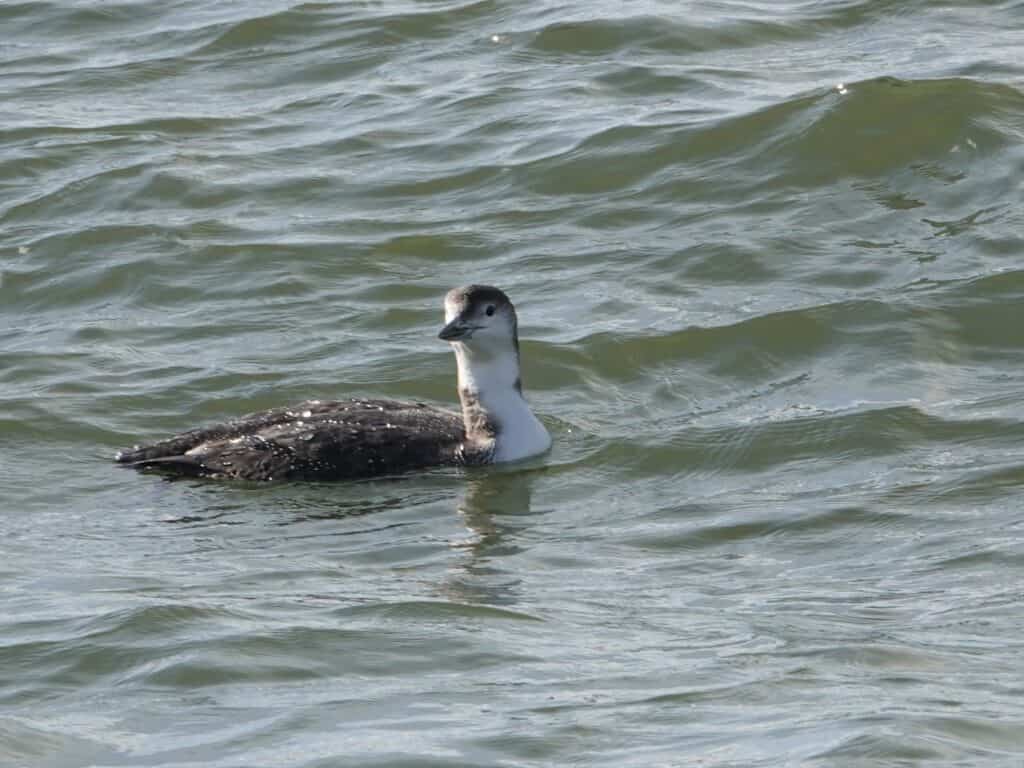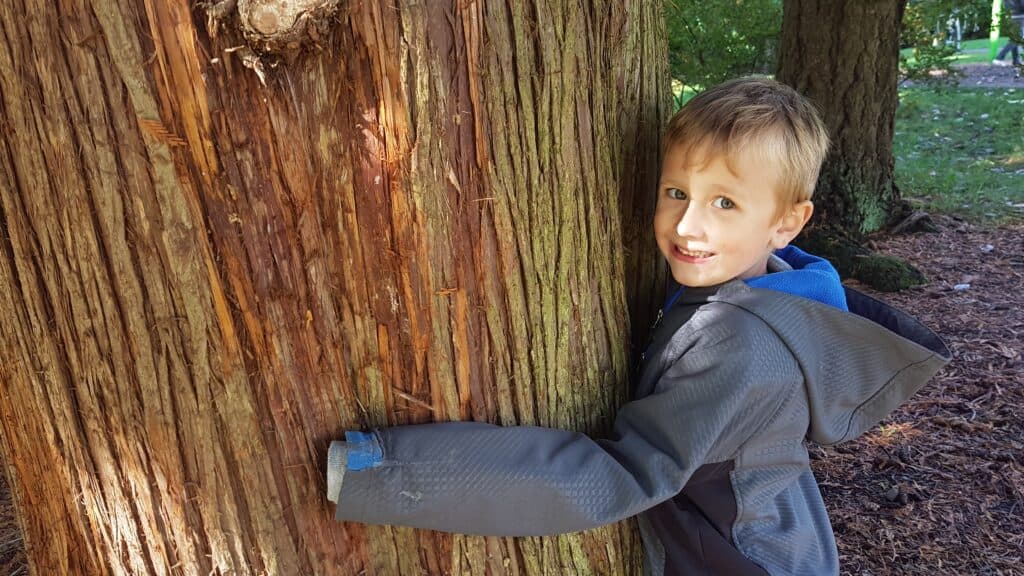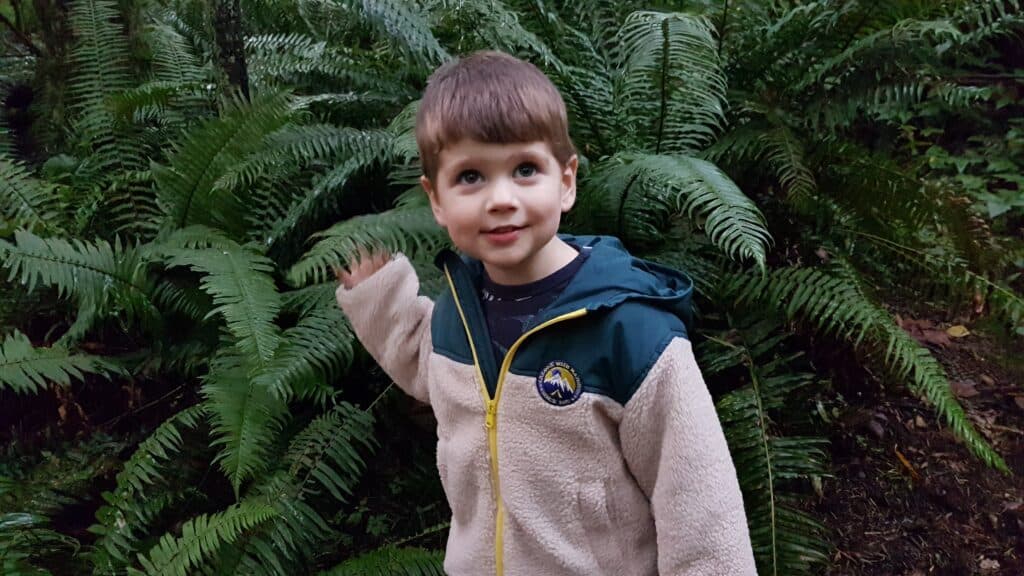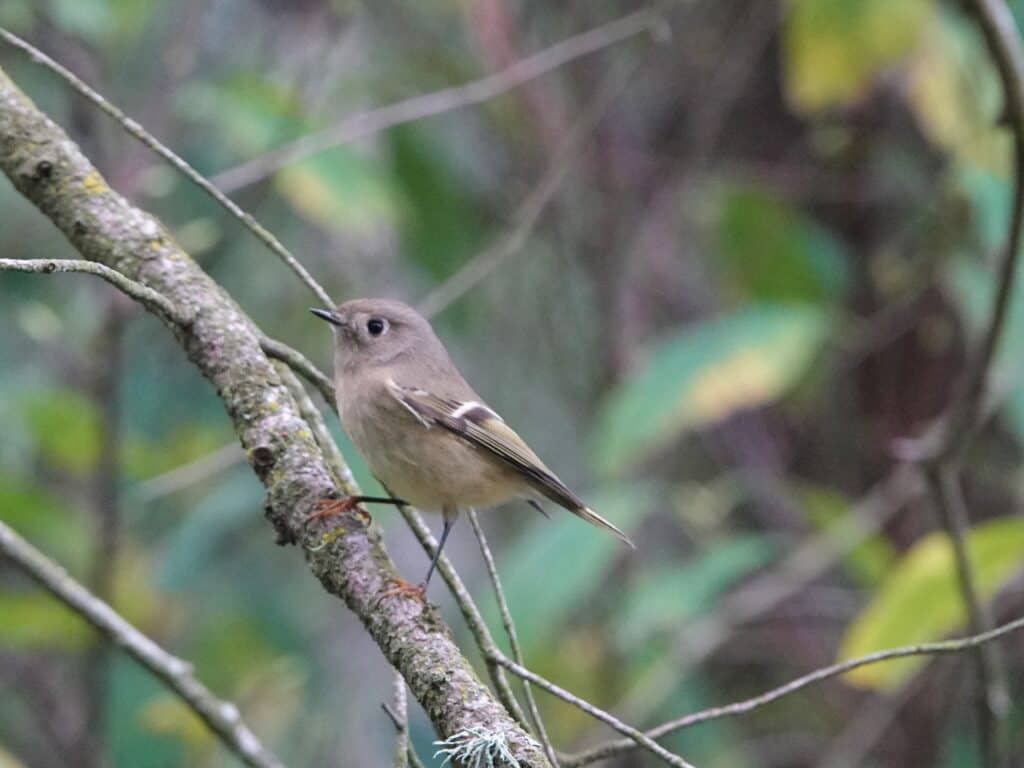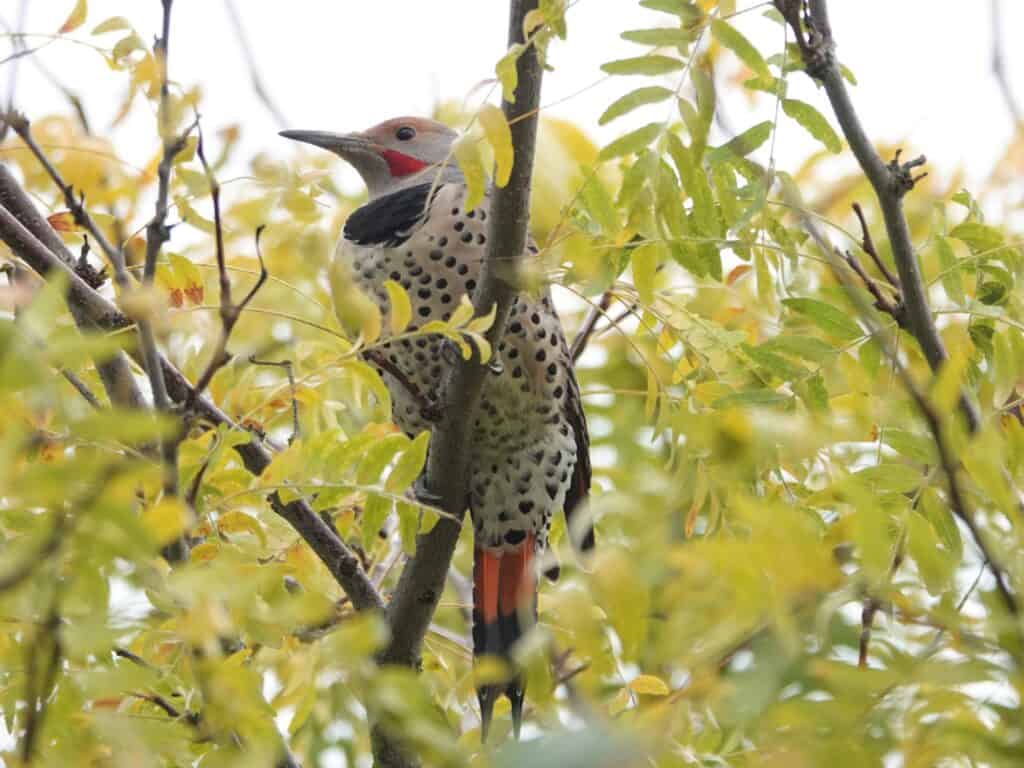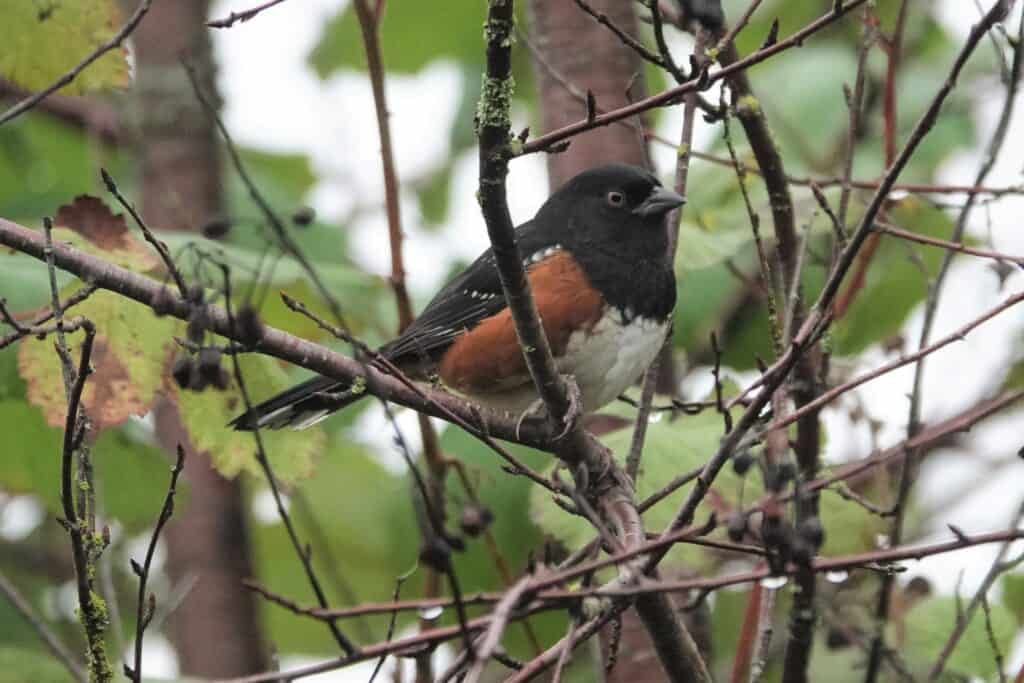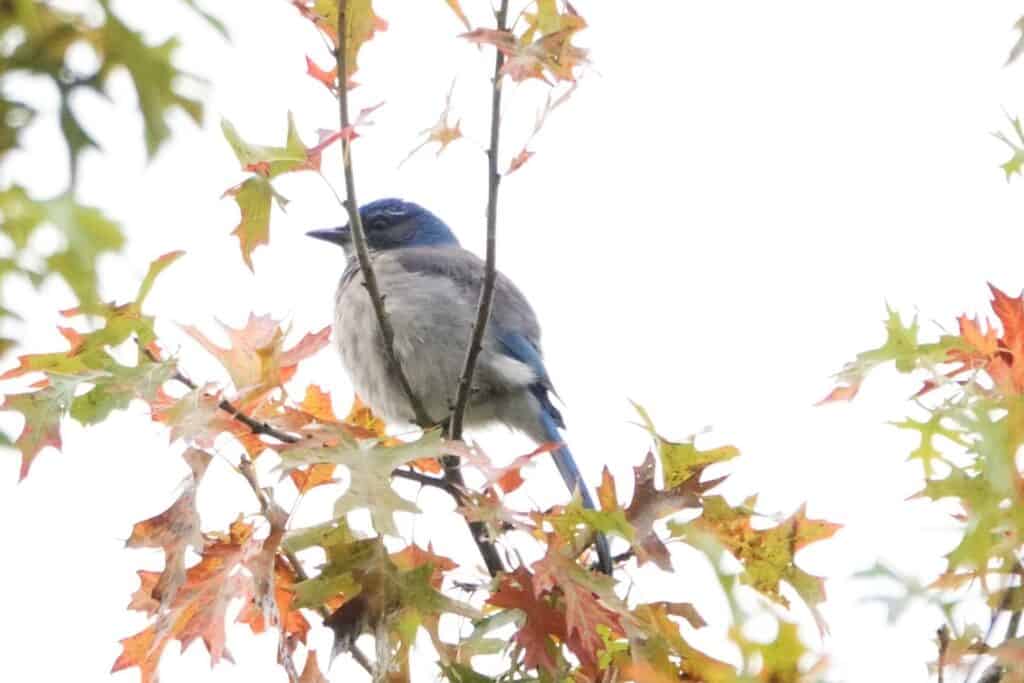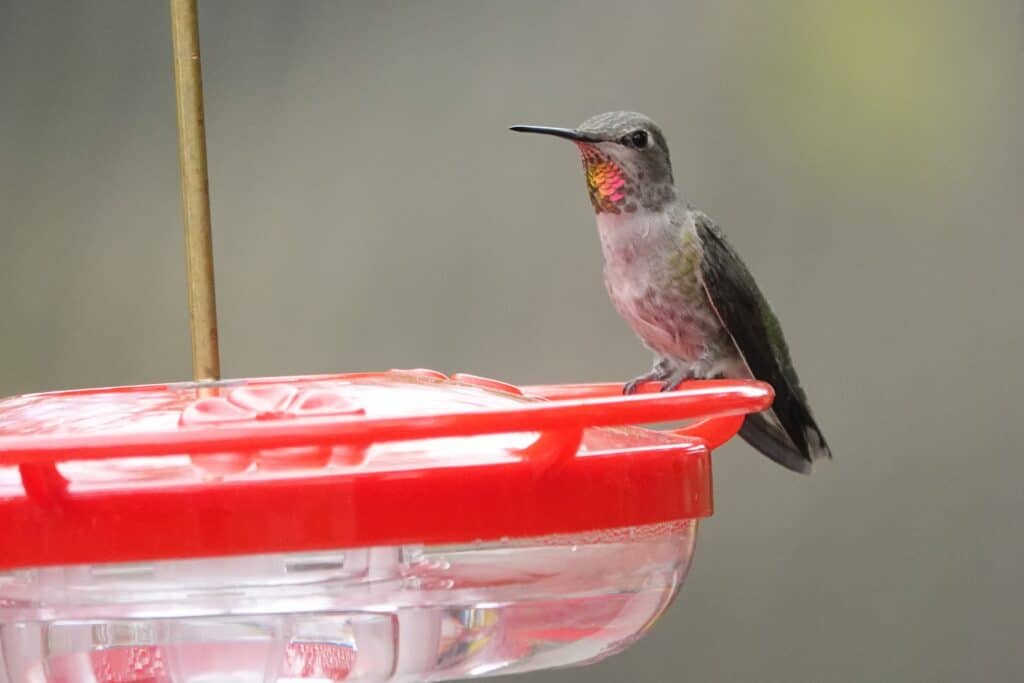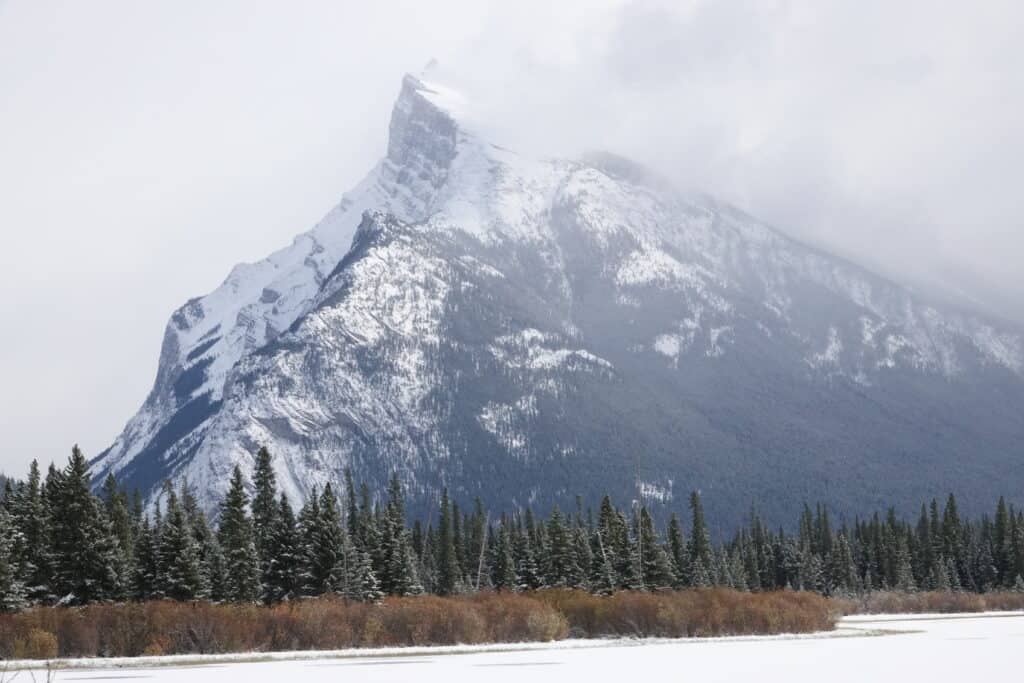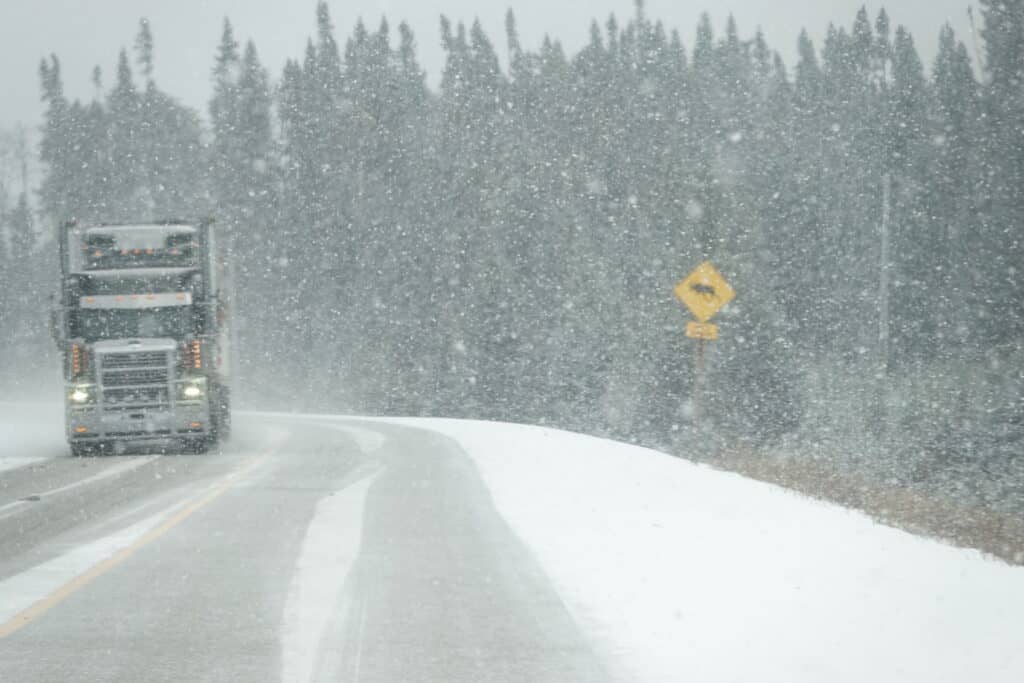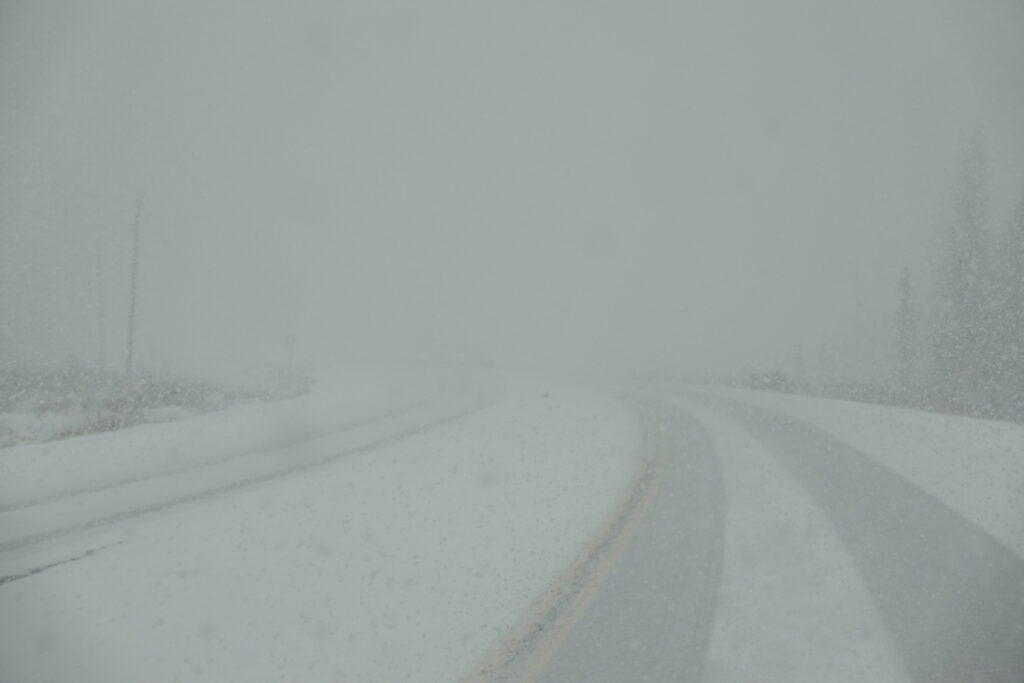A road trip across the country is a must do for all Canadians
Wow. We live in a big country. This fact was impressed upon my wife and me during our recent road trip to Surrey, B.C., near Vancouver. I’d nearly forgotten that traversing Ontario represents about half the distance. The main purpose of the trip was to see our new granddaughter who was born in September. Given the pandemic, we didn’t want to risk flying, so driving was the only option. We were also motivated by the fact that flying has an even larger carbon footprint than two people travelling by car. There was relatively little traffic for most of the way, and the Trans-Canada is a superb highway. Avoiding restaurants also meant minimal contact with people.
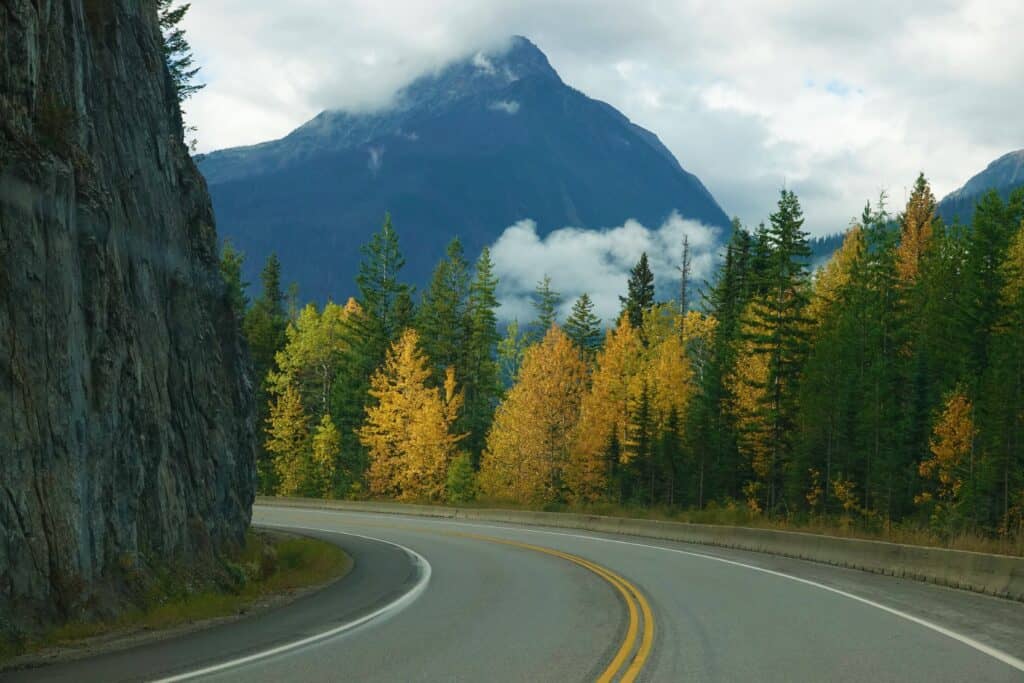
Heading west
Crossing Ontario, we were captivated by the rugged landscape. From Wawa to the Manitoba border, the bright yellows of aspens and tamaracks stood out like beacons against the deep greens of the conifers. We loved the dramatic granite rock cuts, the majesty of Lake Superior, the tamarack-bordered wetlands, and the subtle changes in the mix of tree species. If we saw one “moose danger at night” sign, we saw a hundred.
Flocks of pine siskins were constantly flying up from the side of the road, while white-throated sparrows, yellow-rumped warblers, and dark-eyed juncos greeted us at rest stops. However, if there’s one bird that’s emblematic of the Trans-Canada Highway, it has to be the raven. These birds were ubiquitous the entire way. What we noticed, too, is that rather than flying across the highway, they tended to patrol up and down the road, no doubt looking for roadkill.
I’d read for years that black-billed magpies – a western bird – can be found in northwestern Ontario, but I had no idea just how common they are. We must have seen at least a dozen between Dryden and Vermillion Bay. They were a new species for my Ontario list. We were also surprised by the number of bald eagles in this area.
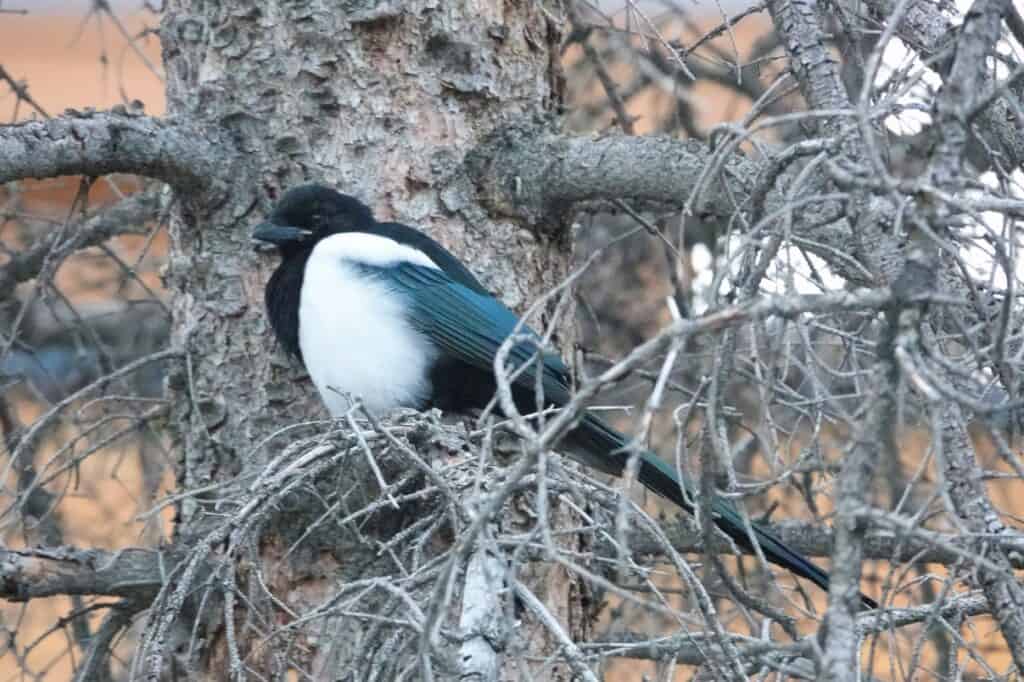
The prairies offered more landscape diversity than we expected. Flatness, most notable around Winnipeg and Regina, only describes part of this region. There is also aspen parkland – a transition zone between the boreal forest to the north and the grasslands to the south – in southwestern Manitoba and the surprisingly high Cypress Hills along the Saskatchewan and Alberta border. One of the highlights of the prairies was the large numbers of migrating Canada and snow geese. The best waterfowl viewing, however, was on shallow, saline Reed Lake, which lies parallel to the Trans-Canada near Swift Current, Saskatchewan. From the viewing tower, we saw large numbers of tundra swans and ducks such as northern shovelers. This lake is designated as an Important Bird Area (IBA). We also loved the Cypress Hills where we spotted several herds of pronghorn antelope in the fields adjacent to the highway.
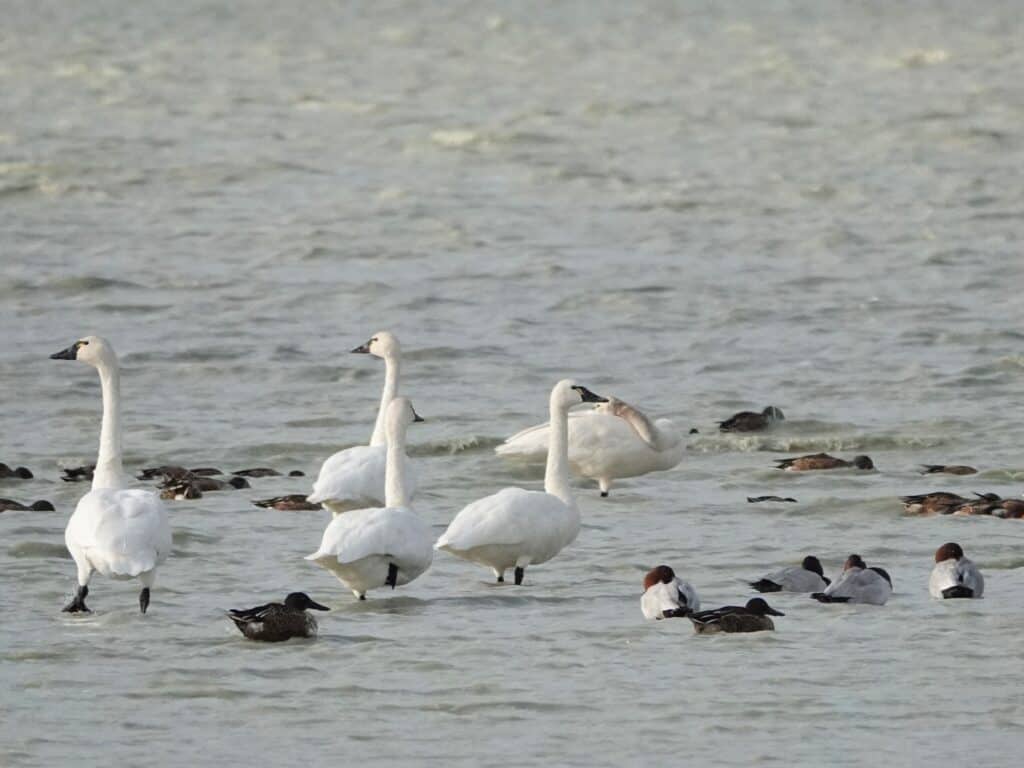
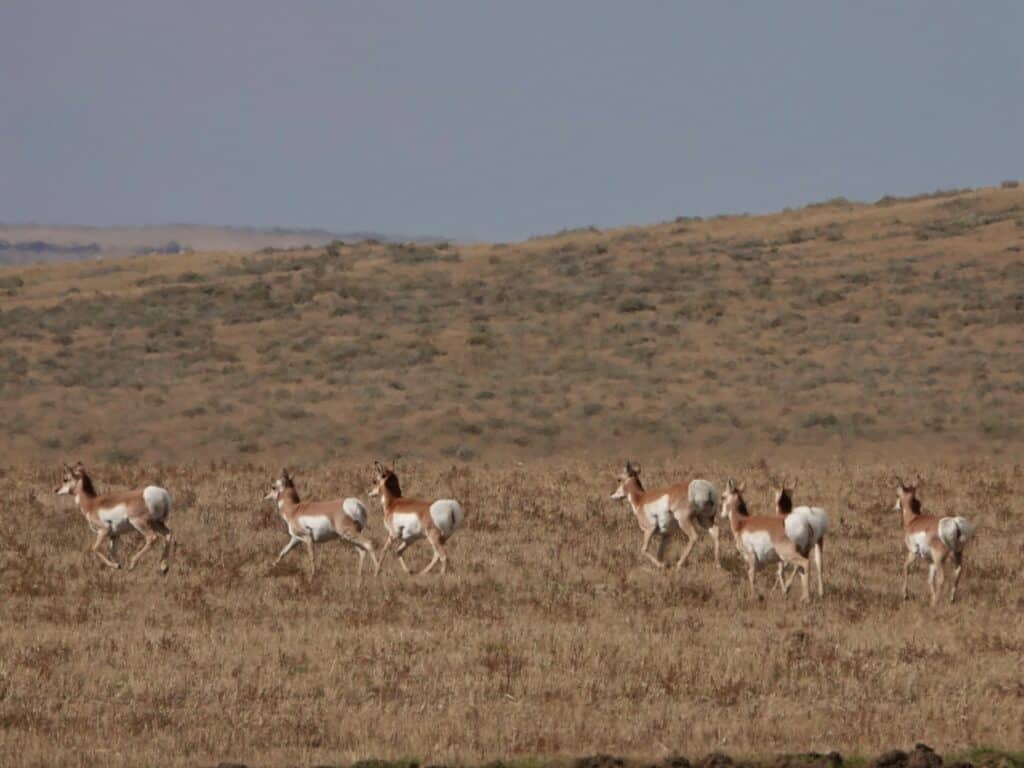
Prairie agriculture is not the small-scale farms with the charming barns and farmhouses that we’re used to seeing in the Kawarthas. This is now the land of intensive technological farming with huge machinery, industrial-style buildings, and endless fields of cash crops like wheat, oaks, flaxseed, and barley. It goes without saying that habitat for wildlife is a rare commodity in many area. Even the iconic wooden grain elevators which used to be a staple of the prairie horizon are largely a thing of the past.
It’s impossible to exaggerate the beauty of the mountains. All the way from the Canadian Rockies beginning in Banff, Alberta, through the semi-arid Kamloops area in the Thompson Valley, and on through the Cascade Mountains to Hope, British Columbia, it’s a non-stop series of jaw-dropping vistas. A quick stop in the town of Banff rewarded us with the sight and sound of an impressive bull elk “bugling” for dominance over a female harem and the right to breed.
In Revelstoke National Park, we stopped briefly at the Giant Cedars Boardwalk Trailwhere we walked through old growth western red cedar and were entertained by a particularly tame Steller’s jay. Later, in Kamloops, the highlight was seeing a flock of American white pelicans on the Thompson River.
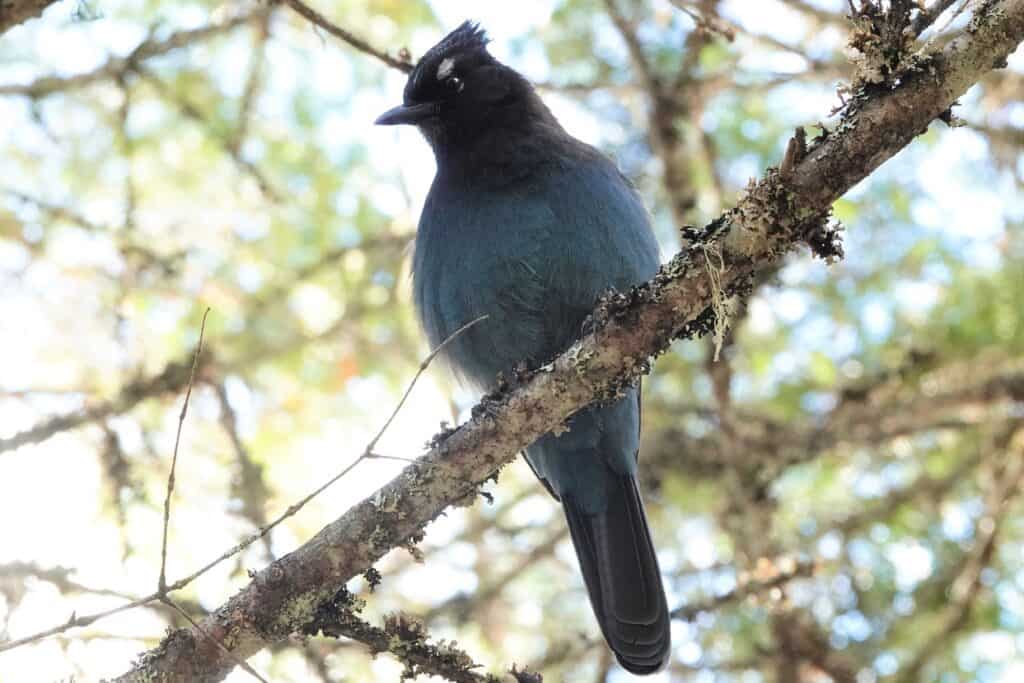
Leaving Kamloops, we took the tortuous Coquihalla (Highway 5) through the Cascade Mountains. With a posted speed limit of 120 km/h, steep climbs and descents, and numerous warnings of abrupt changes in the weather, the “Coq” was probably the most hair-raising part of the trip. It’s easy to see why this freeway is considered one of North America’s most dangerous roads, especially in winter.
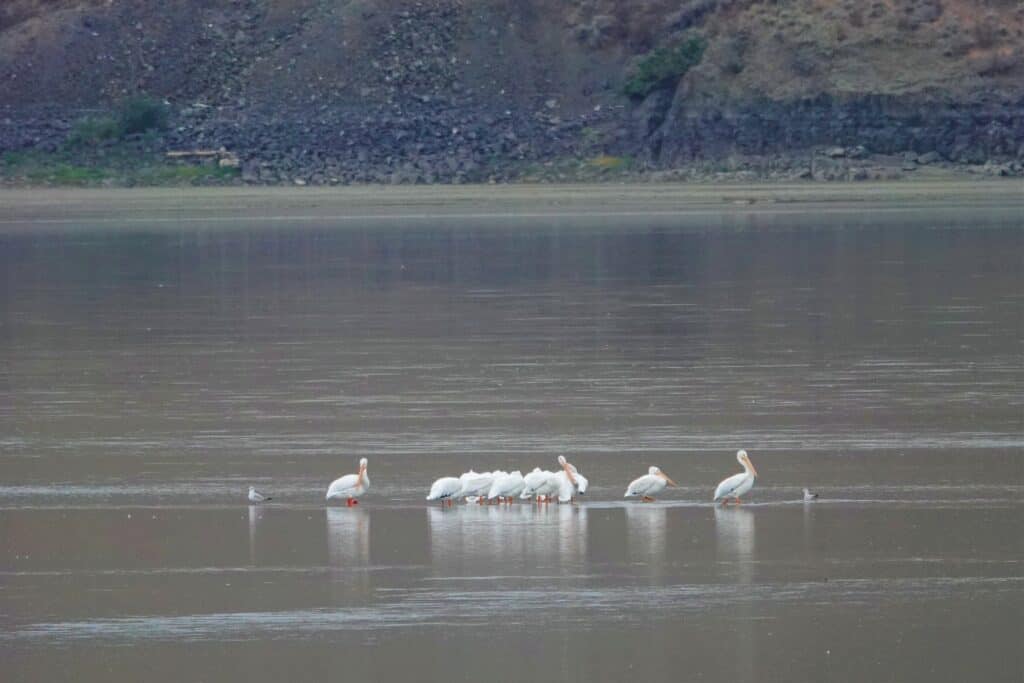
Surrey and vicinity
After 4,600 km of driving, we arrived in Surrey where we spent two wonderful weeks with our daughter, son, and four grandchildren. I managed to get out most days for a few hours to enjoy the rich birdlife of the area. Every fall, a succession of shorebirds arrives on the mudflats and shores of nearby Boundary Bay, while waterfowl cover huge expanses of the water. Even in mid-October, thousands of dunlin were still passing through, along with hundreds of black-bellied plovers and lesser numbers of species like greater yellowlegs and marbled godwit. Tens of thousands of ducks – mostly American wigeon and northern pintail – were present, along with grebes and loons. On one occasion, I watched as a bald eagle flew over the ducks, sending a flock of thousands into the air. Moments later, a peregrine falcon rocketed by in hot pursuit of a yellowlegs.
Every morning, I consulted the eBird app on my phone to see what birds had been recently observed. This allowed me to find a California scrub-jay in Delta, which was a new bird for my Canada list. The app also alerted me to several birds of interest at the 470-metre-long pier in White Rock. Readers may recall that the pier was severed in half in a storm two years ago. Hundreds of beautiful surf scoters were feeding in the shallow waters along with horned and red-necked grebes, common loons, and pelagic cormorants. Further out in the bay, there were dozens of western grebes and red-throated loons. I was also able to reacquaint myself with black turnstones, which were roosting on the rocks of the breakwater at the end of the pier.
It was also wonderful to walk in the woods of nearby Sunnyside Acres. The sweet, earthy smell of the Pacific Northwest permeated the cool air. My grandson, Louie, made a game of running up and hugging the towering Douglas-firs and western red cedars or ducking behind the huge sword ferns. Flocks of golden-crowned and ruby-crowned kinglets kept us company the entire time.
With my son’s oldest boy, Oscar, we had great fun watching the activity at their birdfeeders. I never tire of seeing the “Oregon” dark-eyed juncos, red-shafted northern flickers, Steller’s jays, spotted towhees, and Anna’s hummingbirds, which are staples of feeders in the Vancouver area.
Heading home
On our way back, we decided to spend a full day in Banff to enjoy the iconic scenery and abundant wildlife. We were glad to have put on our snow tires before leaving Peterborough because many of the roads were already snow-covered and icy. Driving around the Banff Springs Golf Course, we came across at least a dozen bull elk on the side of the road as well as mule deer, Canada jays, and coyotes. Hoping to find Clark’s nutcrackers, we also drove up Mount Norquay. Although these jay-like birds eluded us, we did see several herds of bighorn sheep. Another highlight was finding an American Dipper – North America’s only truly aquatic songbird – at the base of Bow Falls.
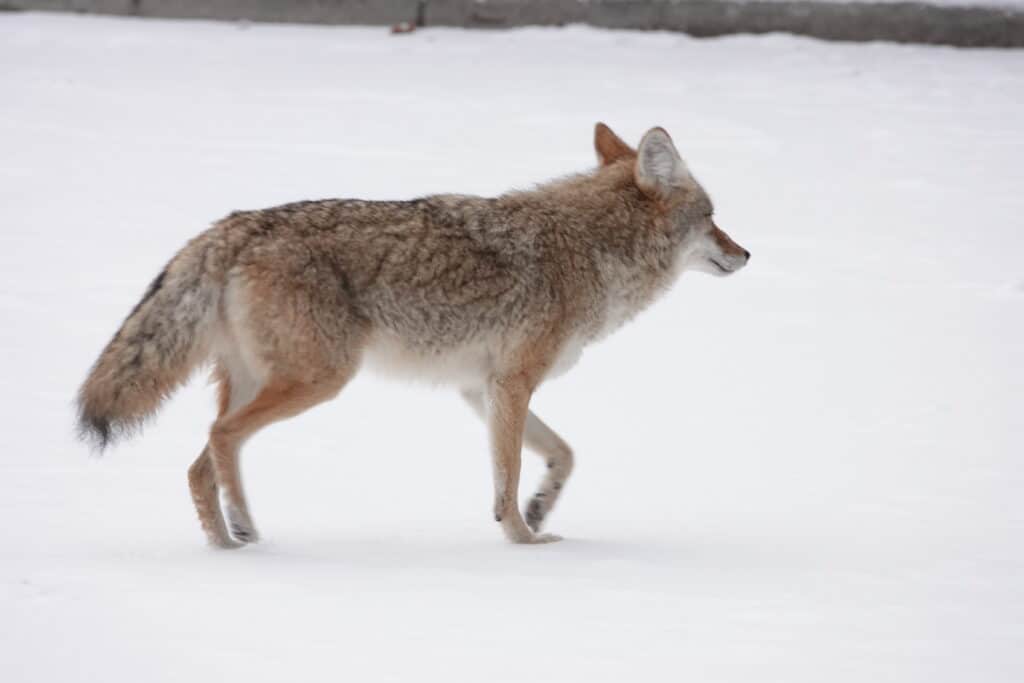
Coyote 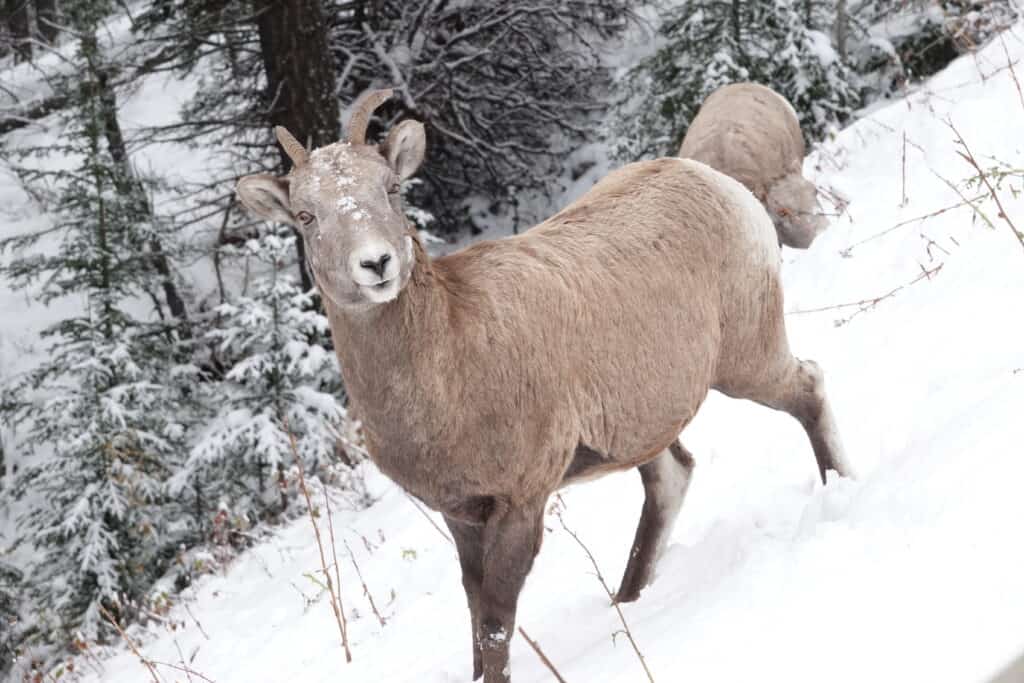
Bighorn sheep 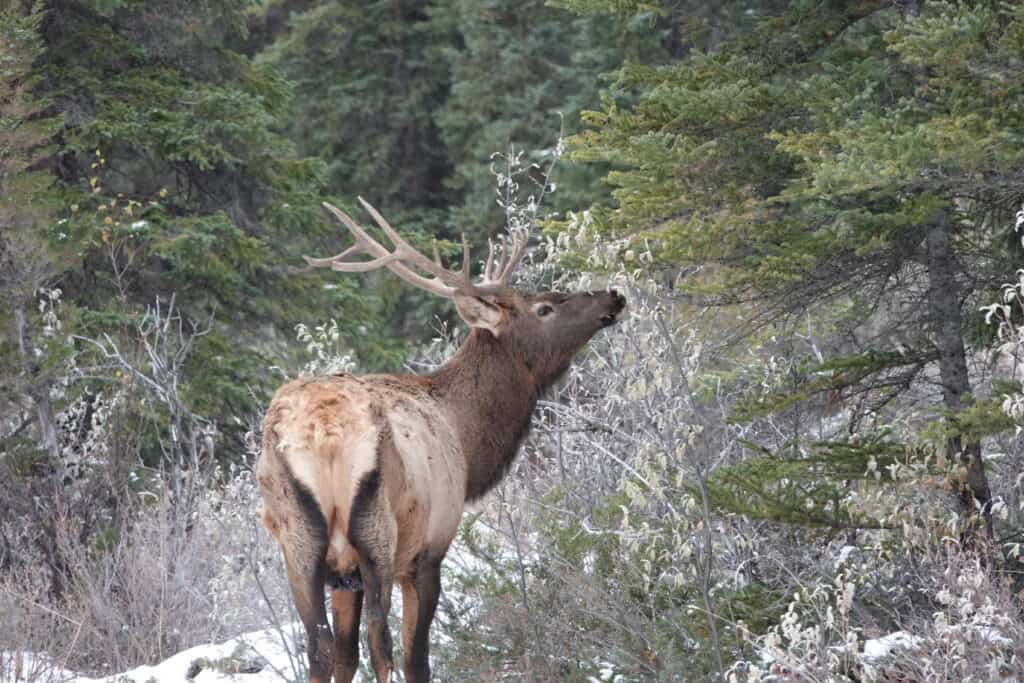
Bull elk 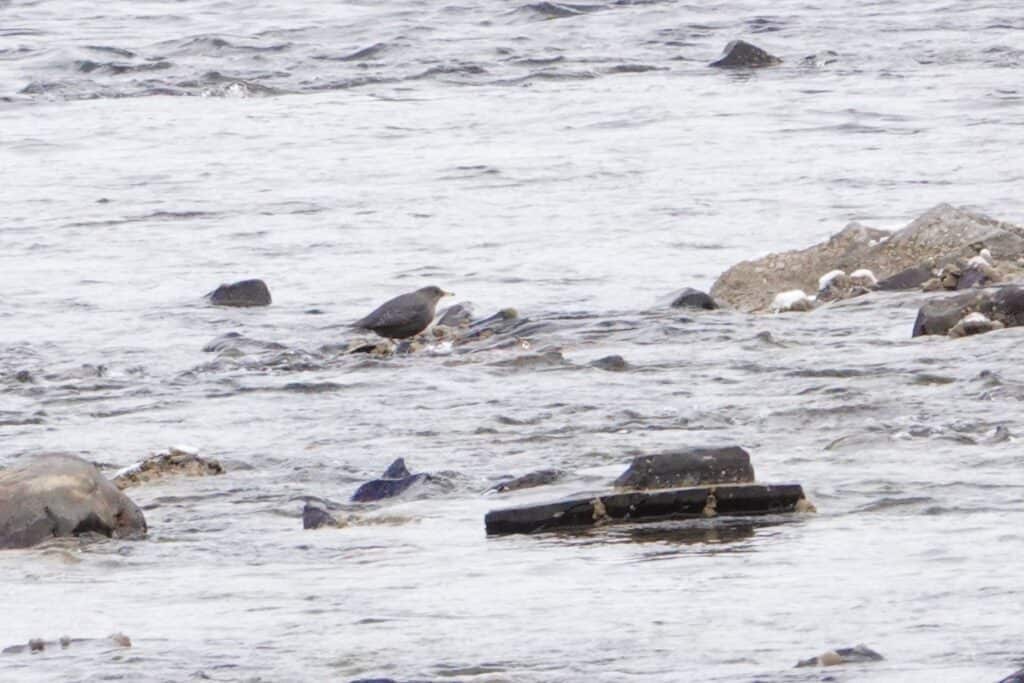
American Dipper below Bow Falls in Banff
Crossing the prairies, the only birds we saw were geese in the fields and snow buntings along the side of the road. The early cold weather meant the sloughs and lakes were frozen. The wintery conditions only got worse when we crossed into Ontario and drove through a frightening blizzard between Ignace and Upsala.
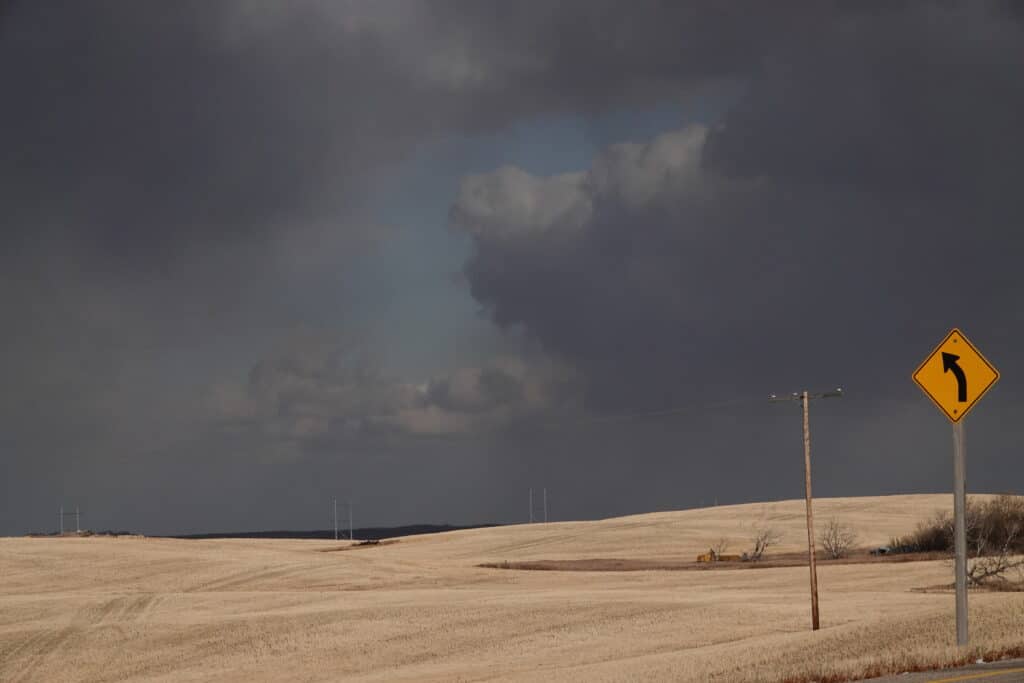
In Thunder Bay, I made use of Mike and Ken Burrell’s “Best Places to Bird in Ontario”. This excellent resource recommended visiting the Chippewa Lagoons. We were pleased to see rough-legged hawks, a merlin, and hundreds of American tree sparrows. The drive back along the north shore of Lake Superior was also memorable. Although the aspens were now leafless, the tamaracks still held their yellow needles, and a dusting of snow on the branches compensated for any lack of intensity of colour. Notable, too, were the numerous flocks of snow buntings and smaller numbers of pine grosbeaks and horned larks.
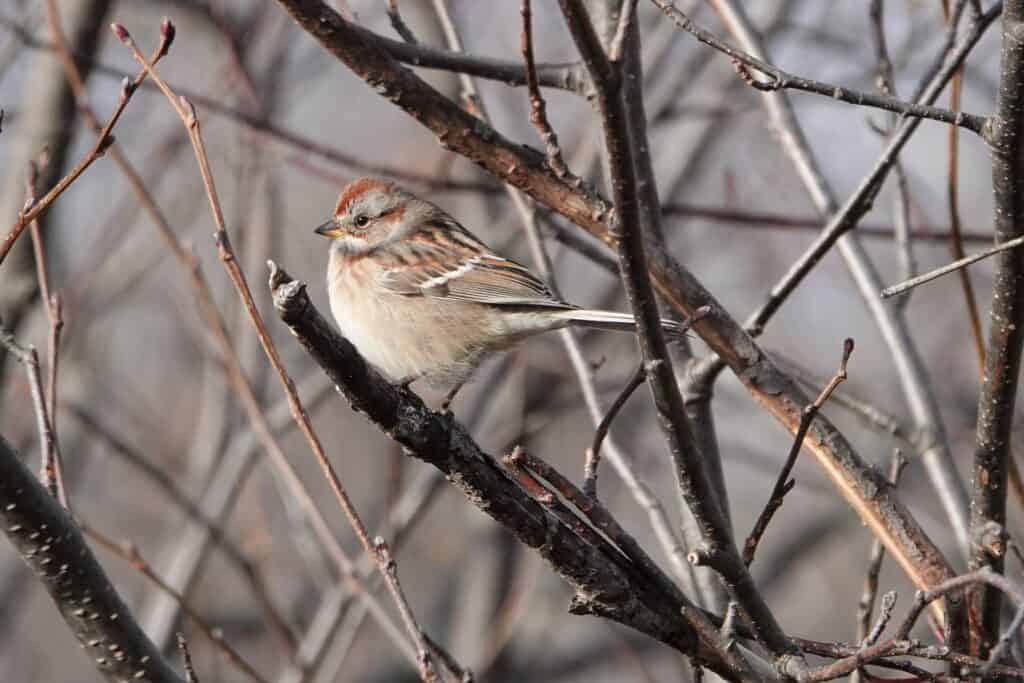
American Tree Sparrow 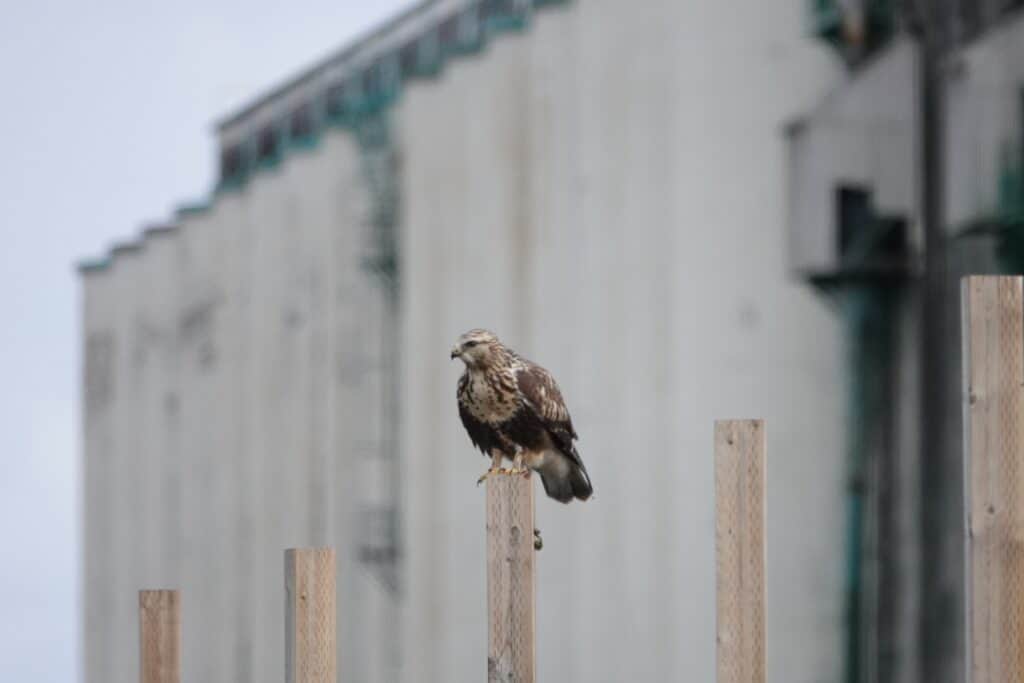
Rough-legged Hawk
If you have never driven across this sprawling country of ours, I highly recommend doing so. Even in late fall, this is a trip that doesn’t disappoint. Yes, 9,600 km was a lot of driving, but every kilometre was worth it.
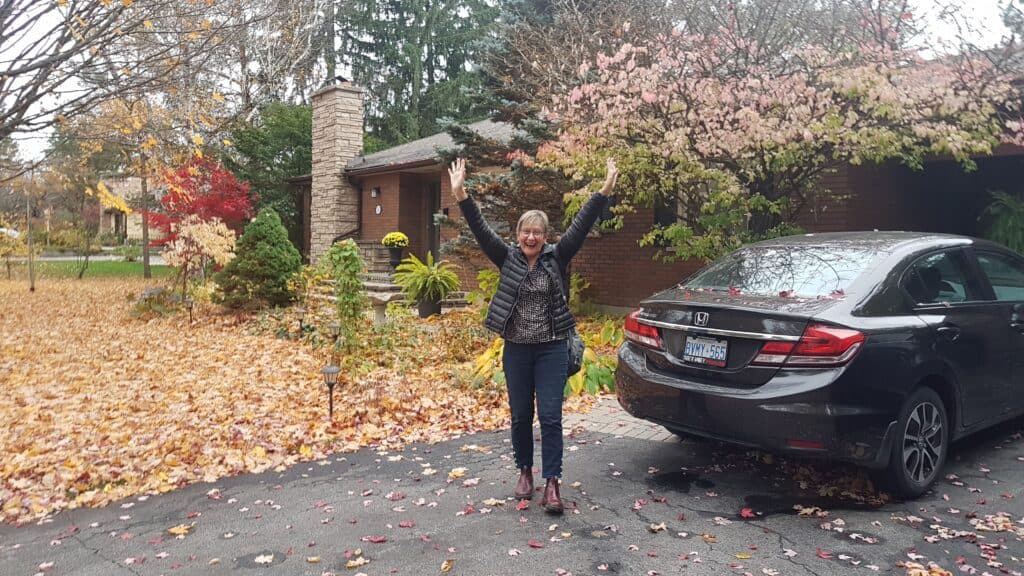
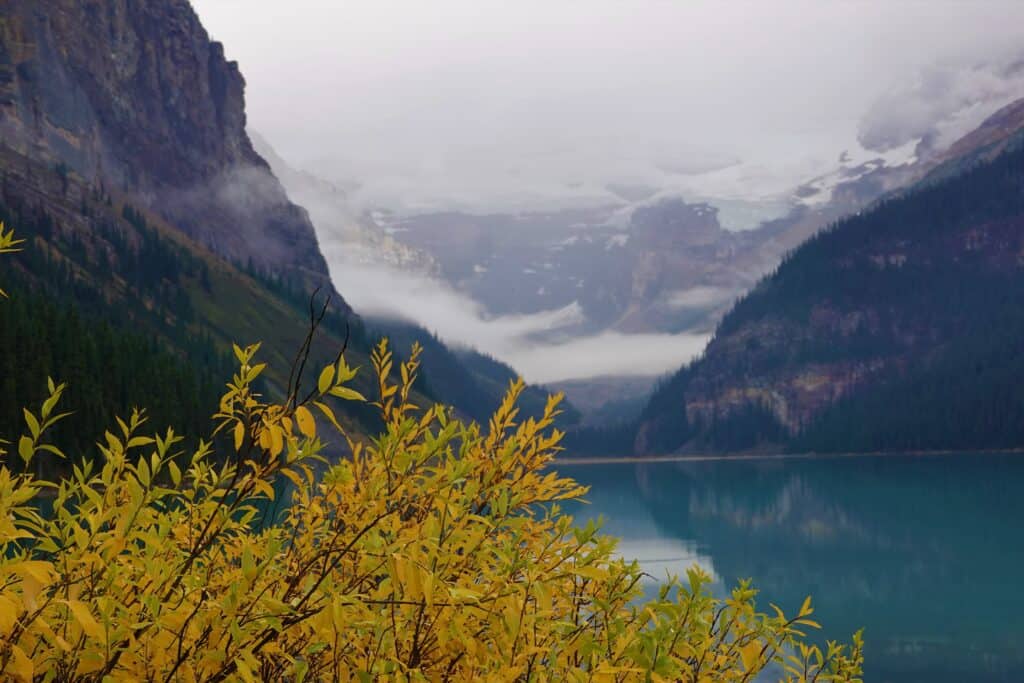
CLIMATE CRISIS NEWS
ALARM: For the first time since records began, the main nursery of Arctic sea ice in Siberia has yet to start freezing in late October. The delayed annual freeze in the Laptev Sea has been caused by unprecedented protracted warmth in northern Russia and the intrusion of Atlantic waters. Scientists warn that this could have knock-on effects across the entire polar region. Ocean temperatures in the area recently climbed to more than 5 C above average.
ENCOURAGEMENT: If Joe Biden is elected president, he has promised to “transition” America away from dependence on oil. He would wind down the oil industry, eliminate fossil fuel subsidies, and focus on building renewables. Let’s hope he wins.
For local climate news and ways to take action, go to https://forourgrandchildren.ca/ and subscribe to the newsletter. Be sure to also check out the For Our Grandchildren Facebook page.
